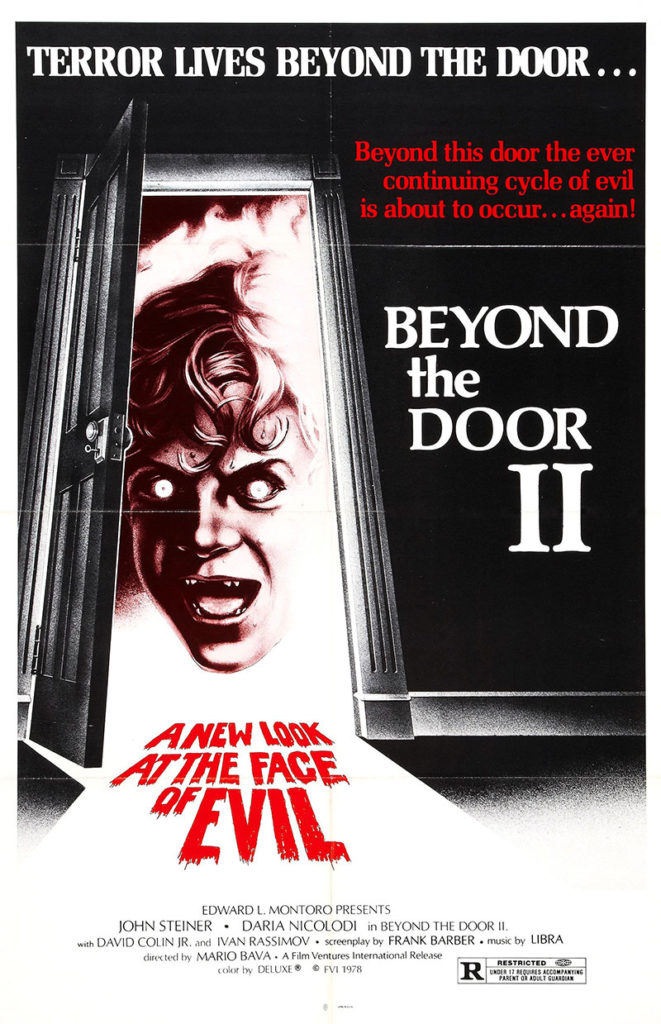Mario Bava was one of the greats of horror cinema. Not just Italian horror, but horror in general. Horror junkies the world over celebrate his more famous films as essential to the genre. Like with all artists, it wasn’t all smooth sailing. By the 1970s critics had begun to fall out of love with Bava, and that shows with the negative reaction to A Bay of Blood upon its release in 1971.
Contemporary critics and fans were hard on A Bay of Blood, as Bava had moved on from atmospheric gothic horror and into exploitation. Funny enough, though, this film proved to be as much an influence on later horror films as any other movie he had made. Viewers with more than a passing knowledge of American slasher flicks will see some of that subgenre’s genesis in A Bay of Blood. As such, it’s a film that garnered a much better reputation before the decade was out. Continue reading “A Bay of Blood, aka Ecologia del delitto, aka Twitch of the Death Nerve, or, The Real Estate Market is Cutthroat”

 Mario Bava was a giant of horror. His Black Sunday is an atmospheric horror classic that should be on any horror fan’s list of films to see. Shock, released in the United States as Beyond the Door II (it bears no relation to Beyond the Door — the title was strictly promotional), was Bava’s last film before his death. It’s not a bad way to go out, but it’s also a workaday horror film, missing the weirdness that made Bava’s other works, and Italian horror films in general, so special.
Mario Bava was a giant of horror. His Black Sunday is an atmospheric horror classic that should be on any horror fan’s list of films to see. Shock, released in the United States as Beyond the Door II (it bears no relation to Beyond the Door — the title was strictly promotional), was Bava’s last film before his death. It’s not a bad way to go out, but it’s also a workaday horror film, missing the weirdness that made Bava’s other works, and Italian horror films in general, so special.